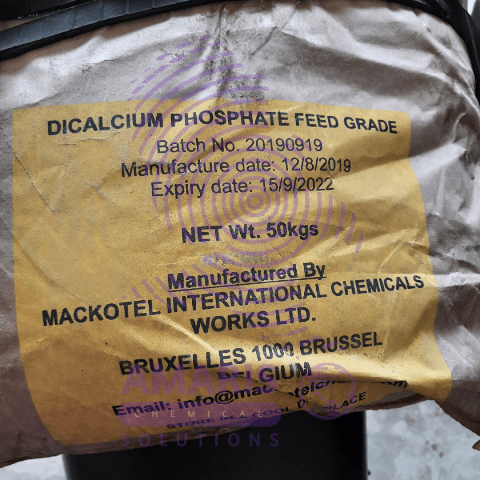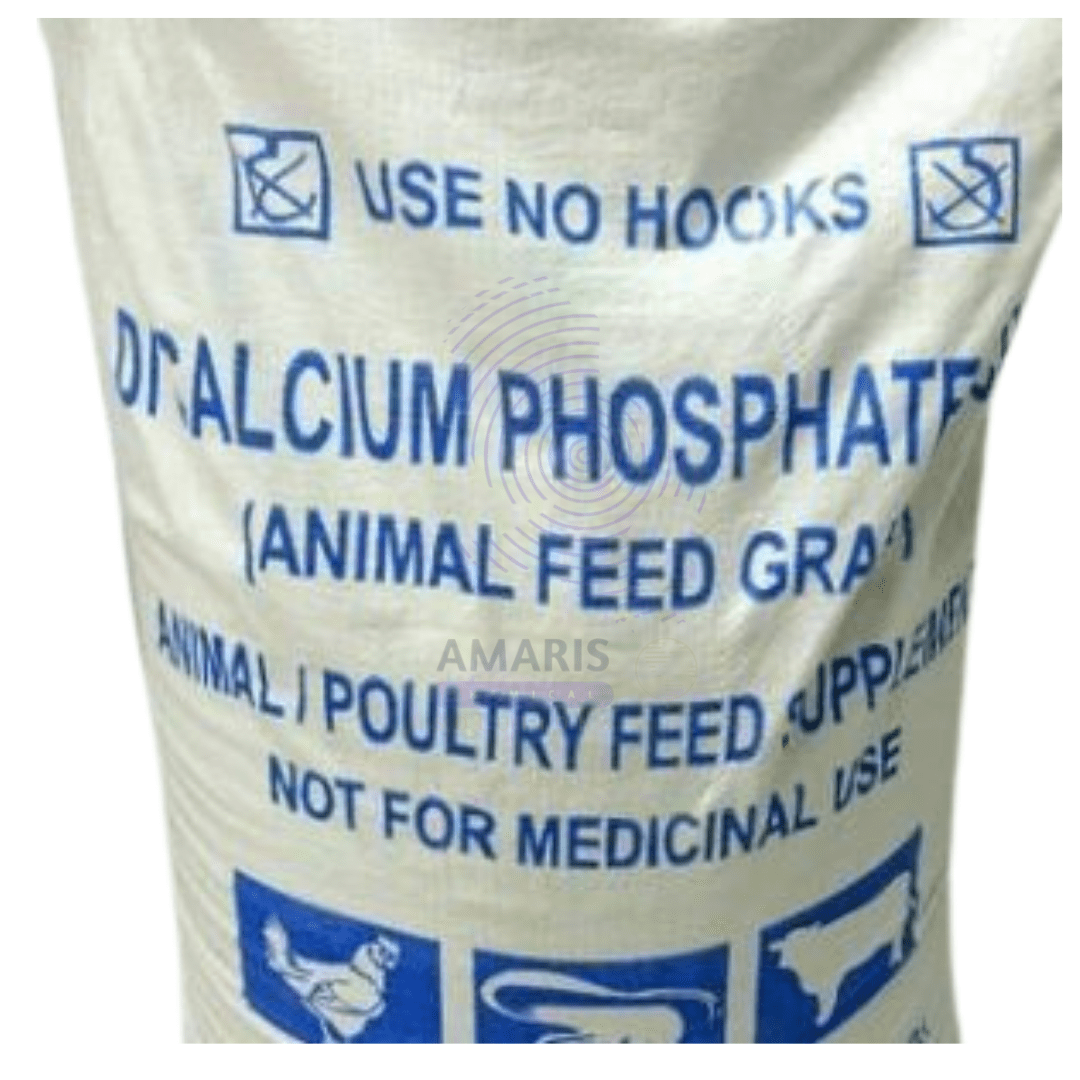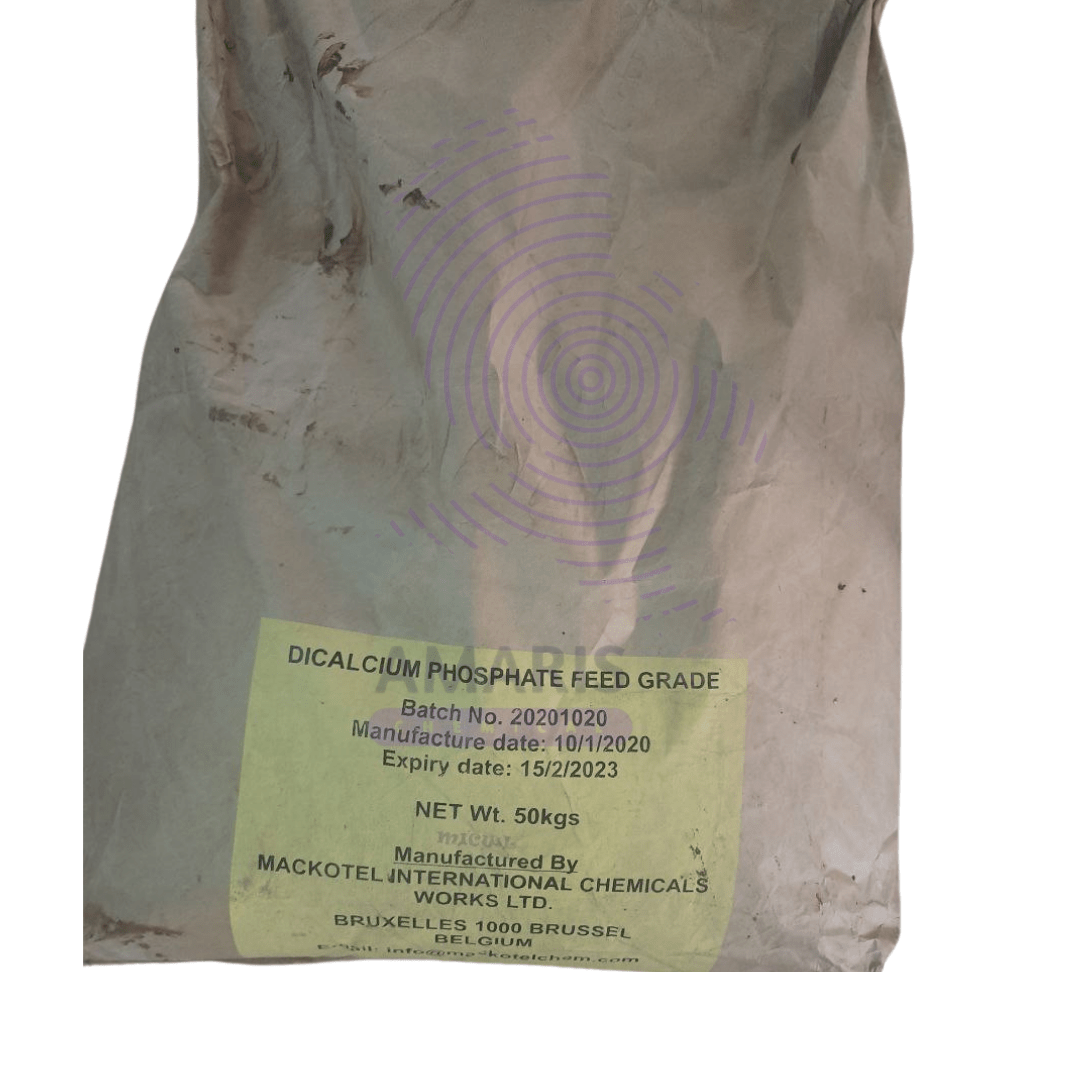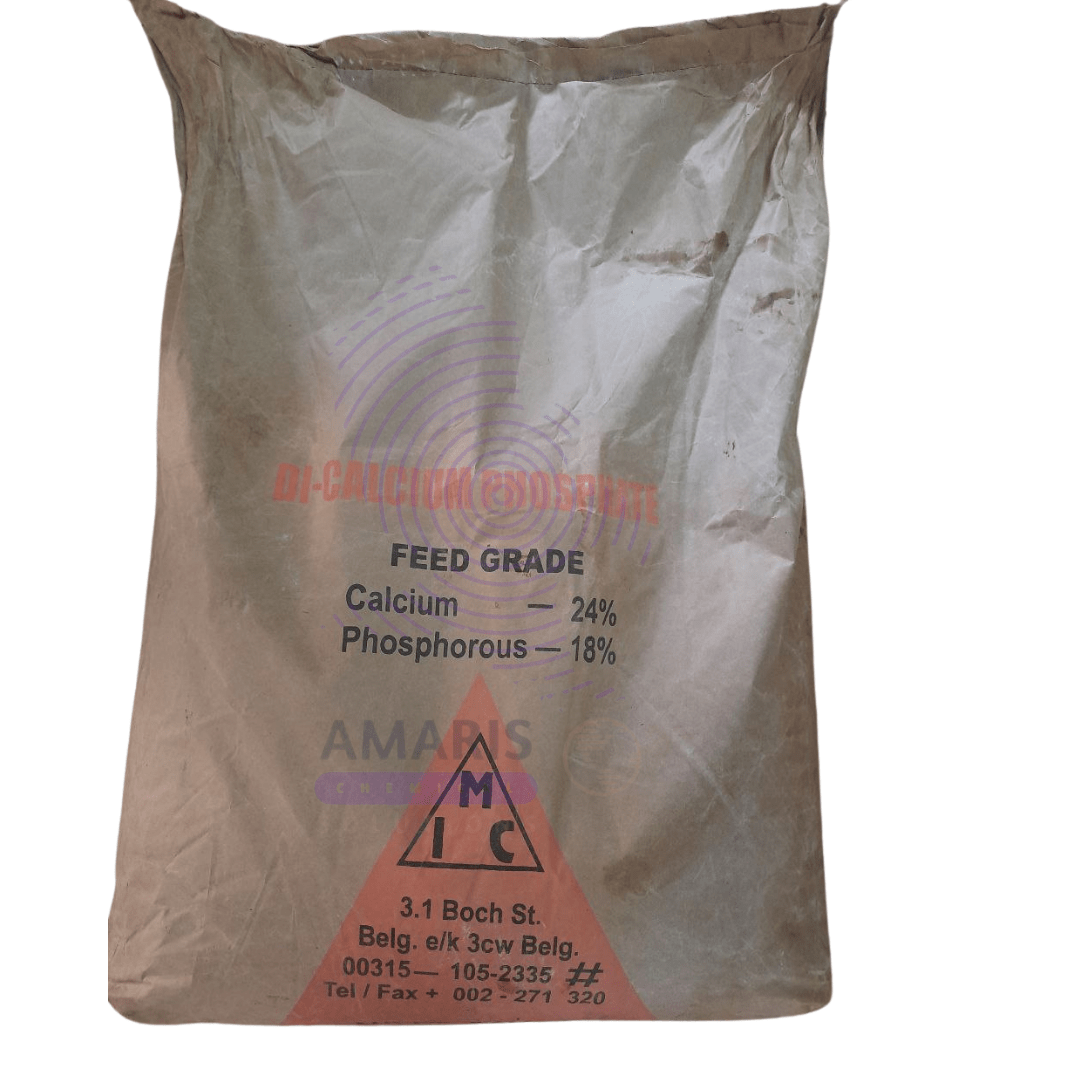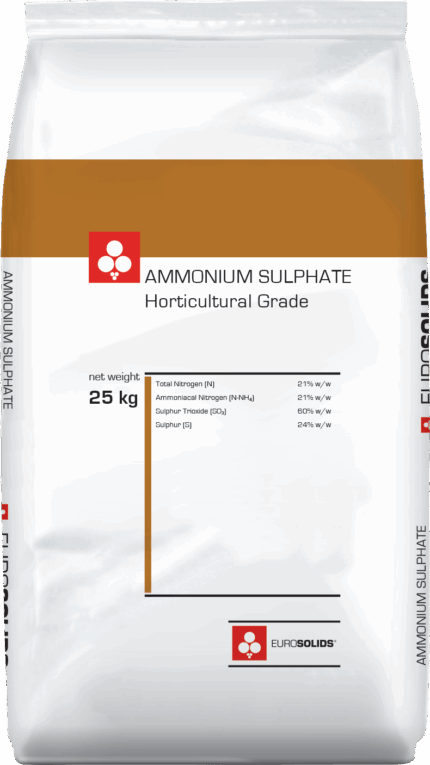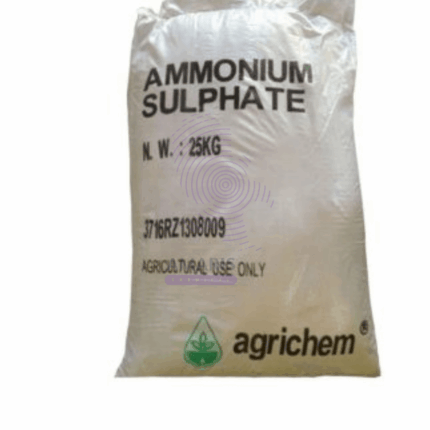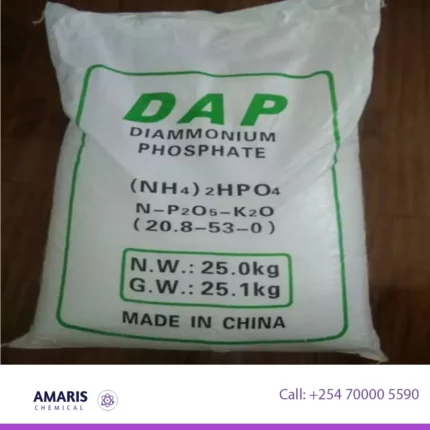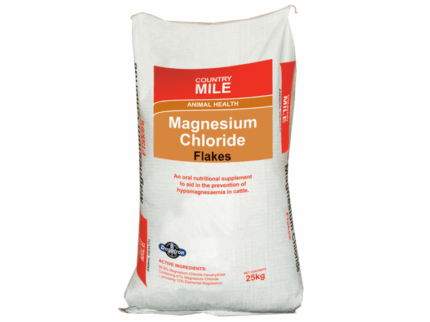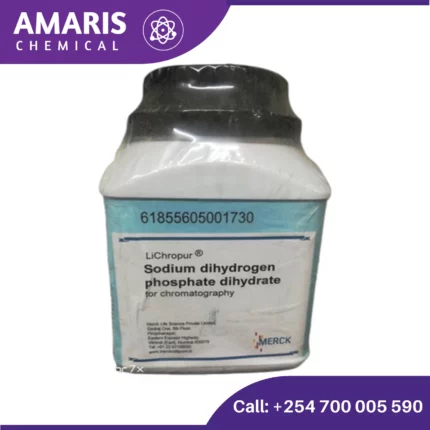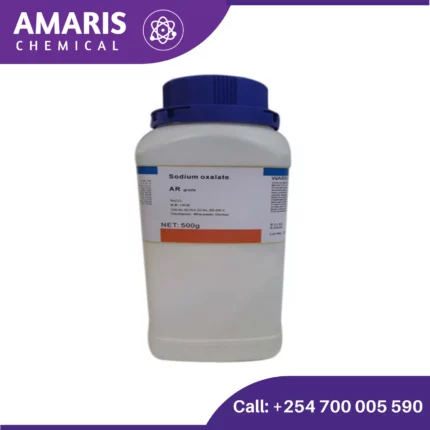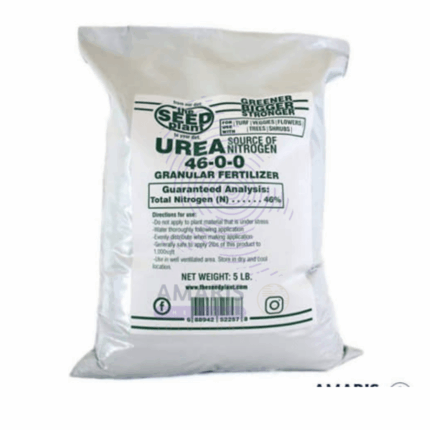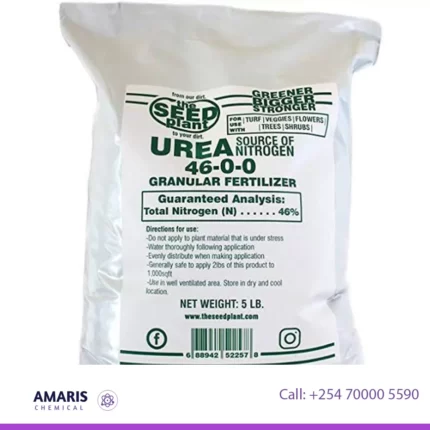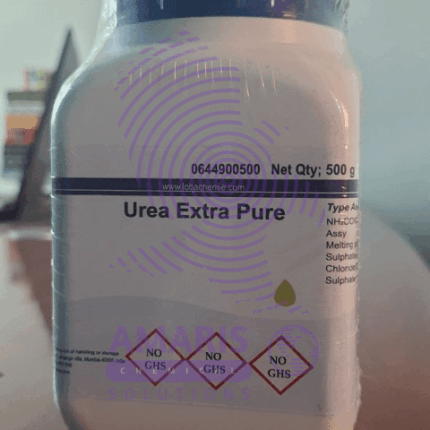“Bunsen burner lighter” has been added to your cart. View cart
“Magnesium chloride” has been added to your cart. View cart
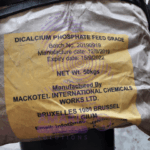
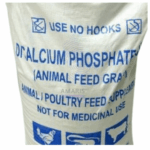
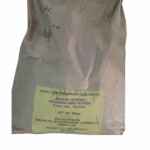
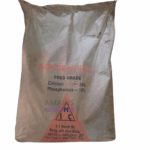
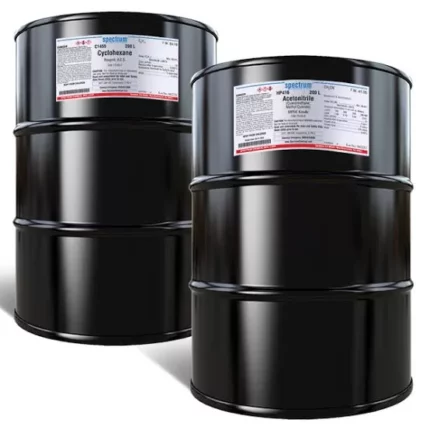
Cyclohexanone 180kg
KSh80,500.00 Original price was: KSh80,500.00.KSh80,200.00Current price is: KSh80,200.00.
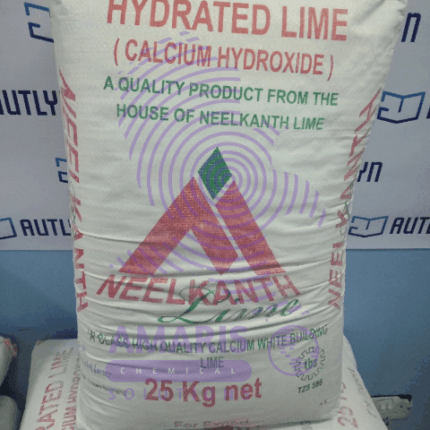
Calcium Hydroxide(Hydrated lime) 25kg
KSh3,500.00 Original price was: KSh3,500.00.KSh3,000.00Current price is: KSh3,000.00.
Dicalcium phosphate 25kg
KSh6,800.00 Original price was: KSh6,800.00.KSh5,800.00Current price is: KSh5,800.00.
Dicalcium phosphate is a chemical compound with the formula CaHPO4. It is commonly used as a dietary supplement for its high calcium content, as well as a food additive and a pharmaceutical excipient. Dicalcium phosphate can be produced by reacting calcium carbonate or calcium hydroxide with phosphoric acid. It exists in various forms, including anhydrous and dihydrate, and is commonly used in the production of fertilizers, animal feed, and dental products.
SKU:
ACS99773CHEM0
Categories: Animal Feed Additives, Fertilizers
Description
Dicalcium phosphate has several major uses in various industries, including:
- Food and beverage industry: Dicalcium phosphate is commonly used as a food additive, especially in the production of baked goods, dairy products, and beverages. It is added as a source of calcium and as a leavening agent.
- Pharmaceutical industry: Dicalcium phosphate is used as an excipient in the production of pharmaceuticals. It is used as a filler or binder in tablets and capsules.
- Animal feed industry: Dicalcium phosphate is a major ingredient in animal feed. It is used as a source of calcium and phosphorus, which are essential minerals for the growth and development of animals.
- Fertilizer industry: Dicalcium phosphate is used as a fertilizer, especially in the production of phosphate fertilizers. It is a good source of phosphorus, which is an essential nutrient for plant growth.
Shipping & Delivery
Related products
Ammonium sulphate 25kgs
Diammonium phosphate (DAP)
Magnesium chloride
Magnesium chloride is an inorganic compound with the chemical formula MgCl2. It is a crystalline salt that is composed of magnesium and chloride ions. In its solid form, it appears as a white or colorless crystalline powder. Magnesium chloride is highly soluble in water and forms hydrated forms, such as magnesium chloride hexahydrate (MgCl2·6H2O), which is commonly used in various applications.
Magnesium chloride is primarily obtained from natural sources, such as brine deposits or seawater, and it can also be produced by chemical processes. It has a wide range of uses in various industries and applications. It is commonly employed as a deicing agent for roads and highways during winter, as it effectively lowers the freezing point of water. In addition, it is used in the production of magnesium metal, as a component in the preparation of tofu, as a dust suppressant, and as a nutrient supplement in agriculture and animal feed.
Medically, magnesium chloride can be utilized as a mineral supplement for individuals with magnesium deficiencies. It may also be administered intravenously in certain medical treatments. Furthermore, magnesium chloride has been explored for its potential therapeutic benefits, such as in the management of asthma, constipation, and magnesium deficiency-related conditions.
Overall, magnesium chloride is a versatile compound with various practical applications across different industries, while also offering potential health benefits.
Phosphoric acid Technical Grade 30kg
Phosphoric acid is a clear, colorless, and odorless mineral acid with the chemical formula H3PO4. It is a triprotic acid, which means that it can donate three protons (hydrogen ions) per molecule when dissolved in water. Phosphoric acid is commonly used in the production of fertilizers, detergents, and food additives, as well as in various industrial applications, such as rust removal and metal surface treatment. It is also used in the production of soft drinks, where it gives a tart flavor and acts as a preservative.
Sodium Dihydrogen Phosphate 500gm
Sodium Oxalate 500gm
Sodium oxalate (Na₂C₂O₄), also known as disodium oxalate, is a white, crystalline solid with a variety of applications, including some specific uses in laboratories. Here's a breakdown of its key properties, applications, and safety considerations:
Properties:
- Appearance: White crystalline solid
- Odor: Odorless
- Solubility: Low solubility in water, but increases with temperature
- Melting point: Decomposes above 290 °C (554 °F)
Urea 50 kg
Urea is an organic compound with the chemical formula CO(NH2)2. It is a crystalline substance that is highly soluble in water. Urea is produced naturally in the bodies of mammals as a byproduct of protein metabolism and is excreted in urine. It is also synthetically produced on a large scale for various industrial applications.
In simple terms, urea is a nitrogenous compound that contains two amine groups (-NH2) attached to a carbonyl group (C=O). It plays a crucial role in the nitrogen cycle, serving as a primary vehicle for the excretion of nitrogenous waste in mammals. Urea is commonly used as a fertilizer in agriculture due to its high nitrogen content, and it is also utilized in the production of plastics, resins, adhesives, and various other industrial applications.
Urea 500gm
Urea is an organic compound with the chemical formula CO(NH₂)₂. It is a colorless, odorless solid, highly soluble in water, and practically non-toxic. Here are some key points about urea:
Chemical Properties:
- Formula: CO(NH₂)₂
- Molecular Weight: 60.06 g/mol
- Structure: Urea consists of two amine groups (-NH₂) attached to a carbonyl group (C=O).

